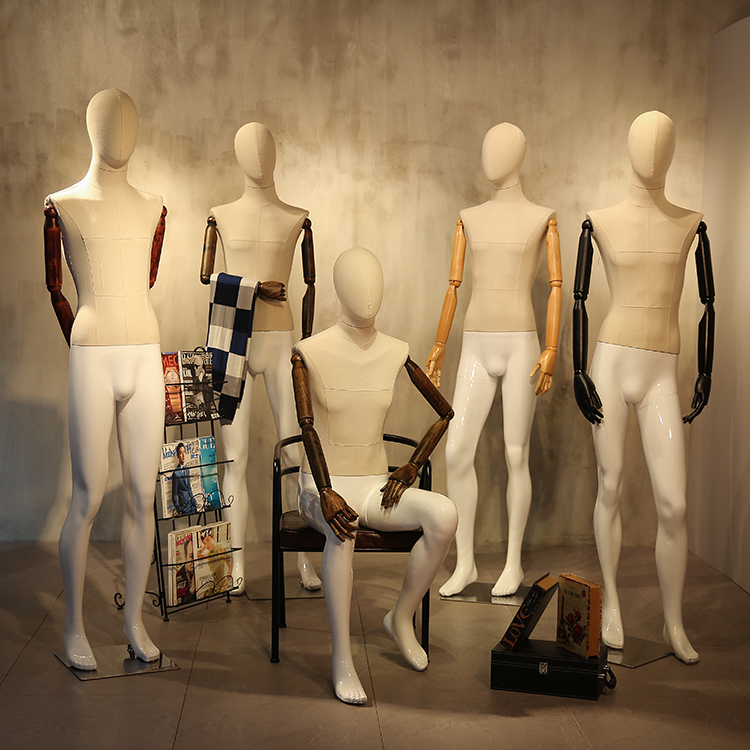
Eco-friendly choices: eco-friendly mannequin materials and alternatives
As businesses increasingly prioritize sustainability and environmental responsibility, the demand for eco-friendly alternatives in all aspects of retail, including visual merchandising, continues to grow. Mannequins, traditionally made from materials such as fiberglass and plastic, are now being reimagined using eco-friendly materials and innovative designs that minimize their environmental impact. By choosing eco-friendly mannequin options, retailers can live up to their values, reduce their carbon footprint and contribute to a more sustainable future. Here are some eco-friendly mannequin materials and alternatives to consider:
-
Recycled materials:
- Many manufacturers now offer mannequins made from recycled materials such as recycled plastic, reclaimed wood or recycled fabrics. These materials divert waste from landfills and reduce the need for virgin resources, making them a more environmentally friendly option.
-
Biodegradable plastics:
- Biodegradable plastics made from renewable sources such as plant-based polymers or bioplastics offer a sustainable alternative to traditional petroleum-based plastics. These plastic
-
Natural fibers and materials:
{thirty} - Check out mannequins made from natural fibers and materials such as bamboo, hemp or organic cotton. These renewable resources are grown without the use of harmful pesticides or chemicals and have a lower environmental impact than synthetic materials.
-
Wooden Mannequins:
- Wooden mannequins, made from sustainable wood or bamboo, are a durable and biodegradable alternative to traditional mannequins. These natural materials give storefronts a warm, organic aesthetic while reducing reliance on non-renewable resources.
-
Paper pulp mannequins:
- Paper mannequins, made from recycled paper or cardboard fibers, are a lightweight and eco-friendly option for temporary or short-term displays. These biodegradable materials can be easily recycled or composted at the end of their useful life, minimizing waste.
-
3D printed mannequins:
- 3D printed mannequins offer a customizable and eco-friendly alternative to traditional manufacturing methods. By using biodegradable or recyclable filaments such as PLA (polylactic acid) or ABS (acrylonitrile butadiene styrene), 3D printed mannequins can be produced with minimal material waste.
-
Modular design, suitable for repair:
- Look for mannequins that have a modular or repairable design that allows for easy disassembly, maintenance and repair. By extending the life of mannequins through repairs and refurbishments, retailers can reduce their overall environmental impact and minimize waste.
-
Folding and compact solutions:
- Choose collapsible or compact mannequin designs that minimize packaging materials and shipping costs. Mannequins that can be disassembled or folded for storage and transport help reduce the carbon footprint of logistics and distribution.
-
Realistic, life-size copies:
- Consider investing in lifelike mannequin replicas made from eco-friendly materials such as biodegradable plastic or natural fibers. These high-quality alternative models provide the same level of detail and craftsmanship as traditional mannequins, with minimal impact on the environment.
-
Local and organic products:
- Support local artisans and producers who prioritize sustainability and ethical production methods. Choosing locally made mannequins reduces the environmental impact of transportation and supports the local economy.
By using eco-friendly mannequin materials and alternative options, retailers can make significant strides toward sustainability while enhancing the visual appeal of their retail spaces. Whether through recycled materials, biodegradable plastics or innovative design solutions, eco-friendly mannequins offer a greener, more responsible approach to visual merchandising that benefits both business and the planet.






